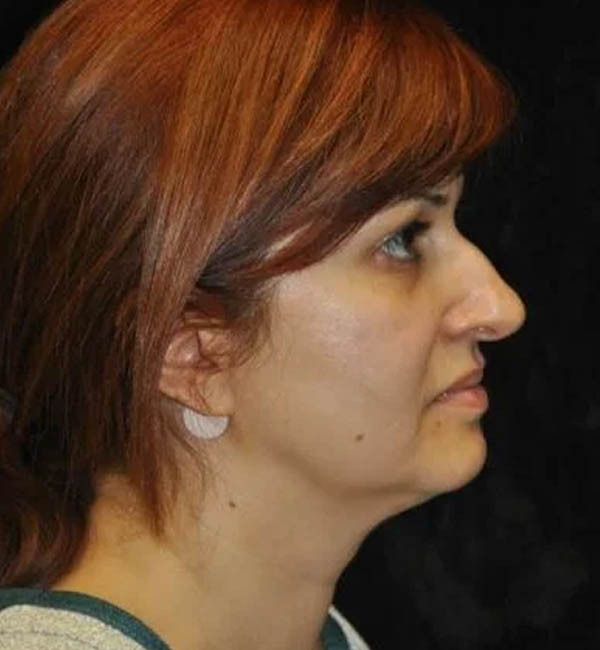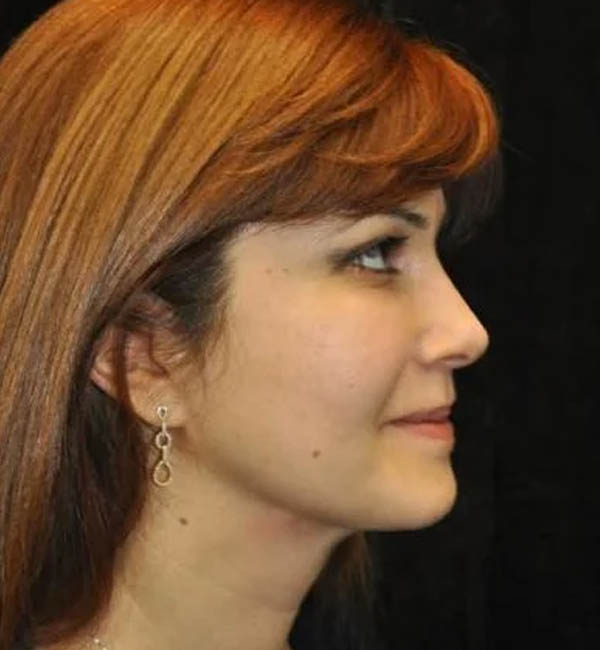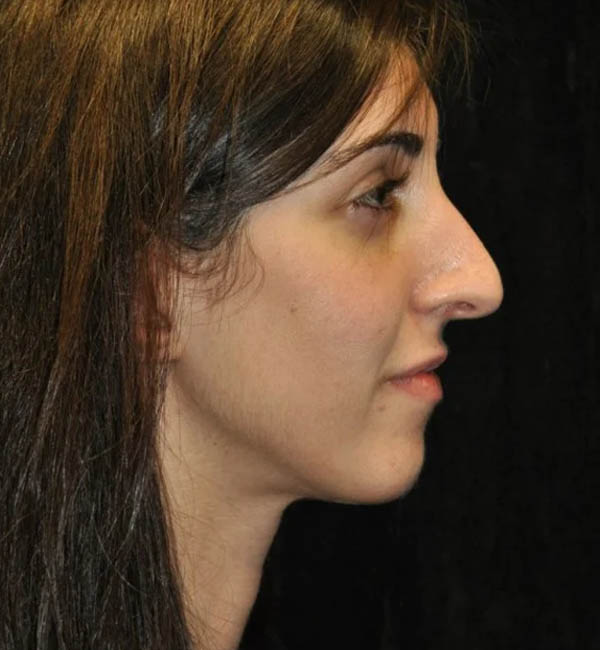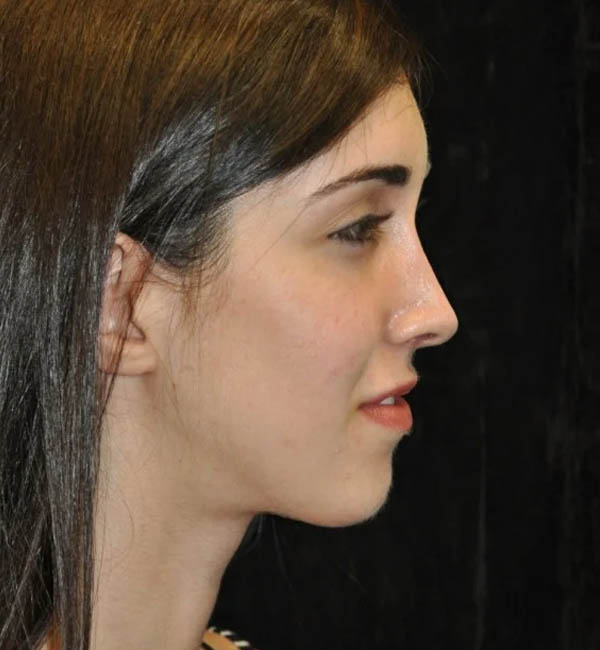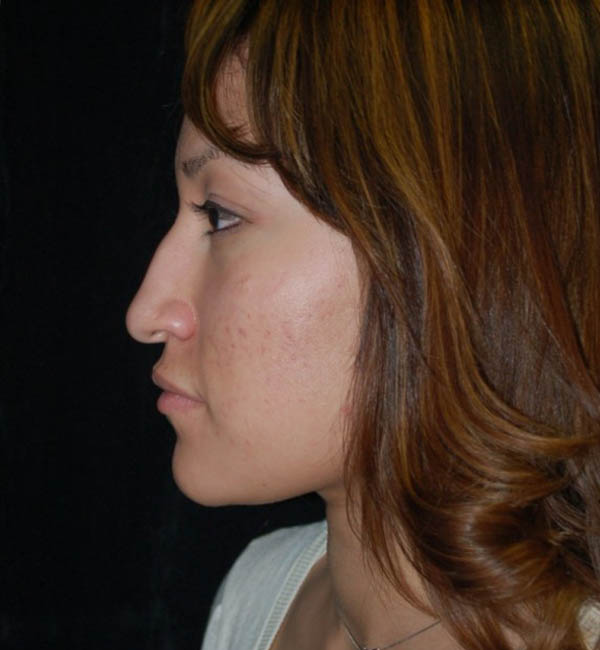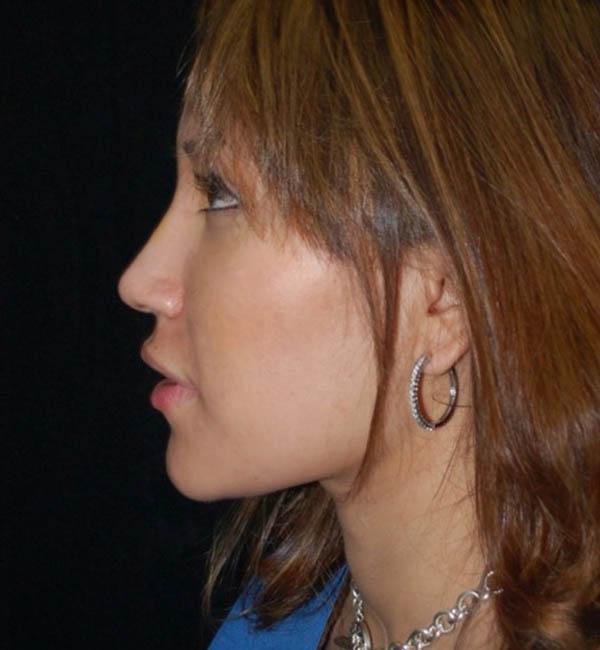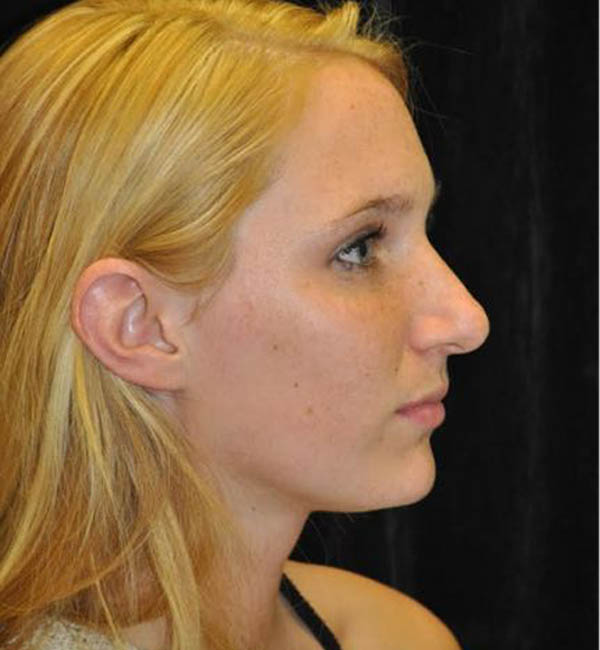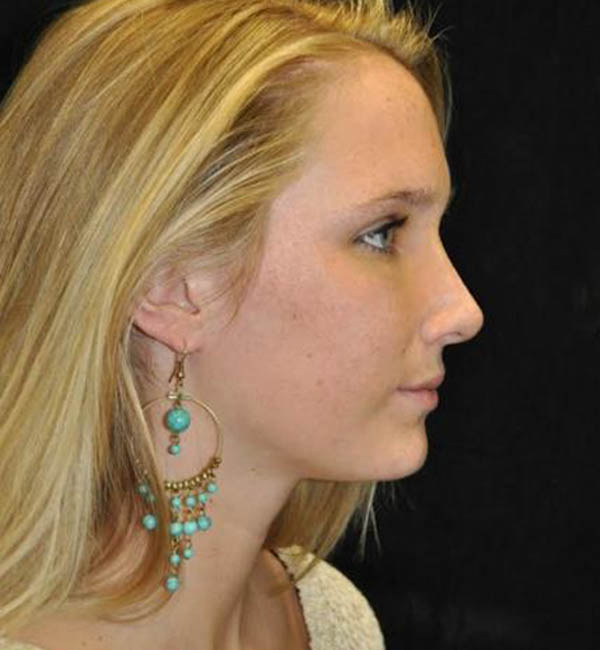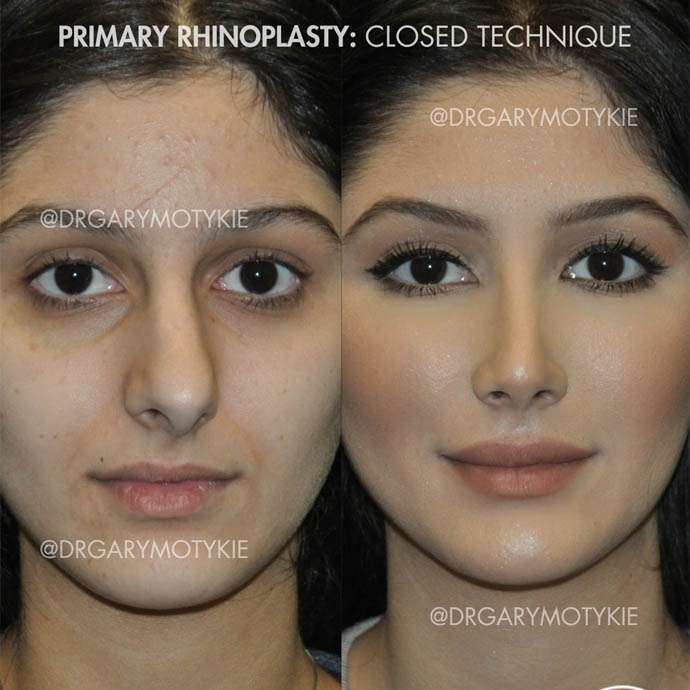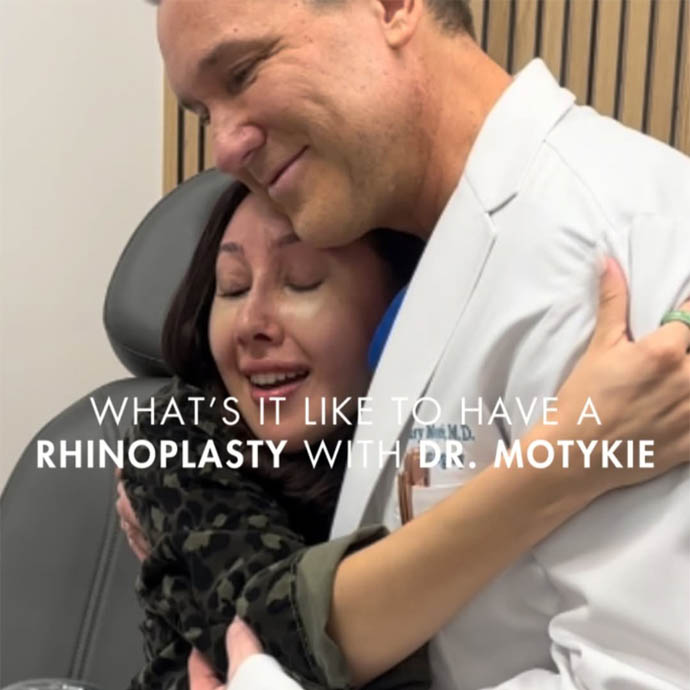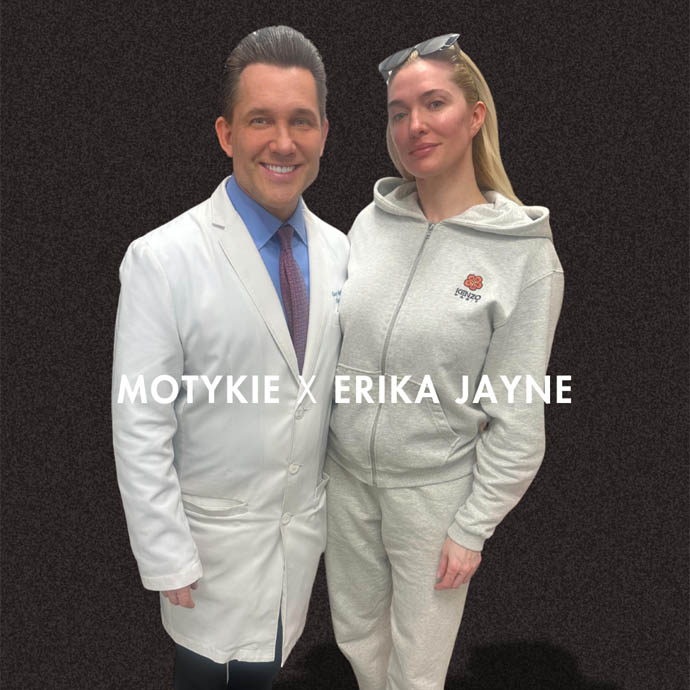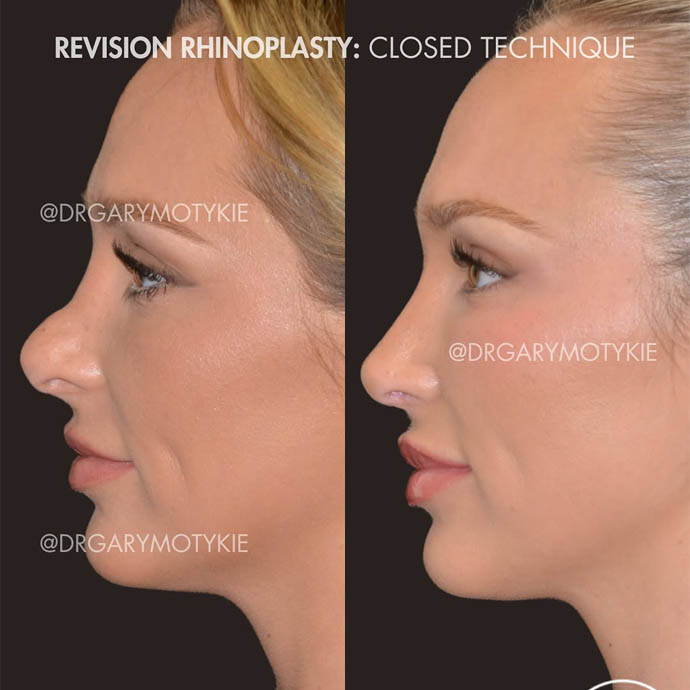The number of appointments you’ll need for a rhinoplasty can vary depending on your unique situation, but here’s a general breakdown.
Initially, you’ll have a consultation with your surgeon, where you’ll discuss your goals, undergo an evaluation, and learn about the procedure. After that, there may be one or two more follow-up appointments before your surgery for any necessary pre-operative assessments.
Once your rhinoplasty is complete, you’ll typically have a follow-up appointment within the first week to check your healing progress and change any dressings. Additional follow-ups may be scheduled in the weeks and months after surgery to ensure everything is healing well and to address any concerns.
You might expect three to five appointments throughout the entire process—from consultation to recovery.
